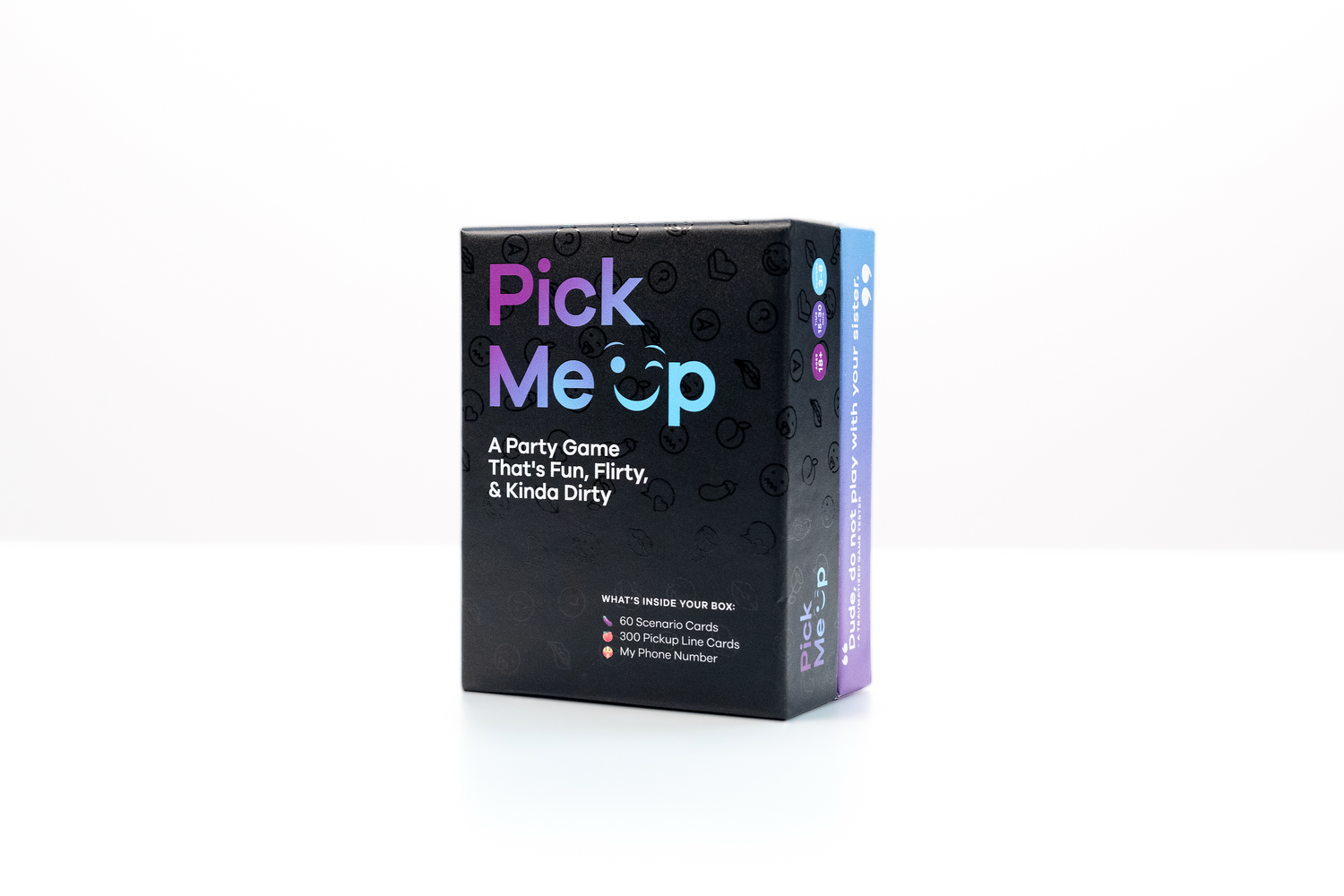Relationships are built on trust, communication, and emotional connection. One key factor in understanding how your partner expresses love and responds to challenges is their attachment style. But what exactly is an attachment style, and how can identifying it improve your relationship? Let’s explore how different attachment styles influence behavior and how you can foster a deeper bond with your partner.
Understanding Attachment Styles
Attachment theory, developed by psychologist John Bowlby, explains how people develop emotional bonds and navigate relationships. Your partner's attachment style is largely shaped by early childhood experiences but continues to evolve through life experiences and relationships.
The Four Main Attachment Styles
- Secure Attachment: Comfortable with intimacy, communicates effectively, and trusts their partner.
- Anxious Attachment: Seeks closeness, fears abandonment, and craves reassurance.
- Avoidant Attachment: Prefers independence, struggles with emotional vulnerability, and avoids deep emotional connections.
- Disorganized Attachment: Exhibits mixed behaviors, desiring closeness but fearing intimacy due to past trauma or inconsistent caregiving.
How to Identify Your Partner’s Attachment Style
Recognizing your partner’s attachment style can help you navigate challenges and strengthen your bond. Here are signs of each style and how they may manifest in a relationship:
Signs of a Securely Attached Partner
- Comfortable expressing emotions and needs
- Open and honest in communication
- Handles conflict in a balanced way
- Feels secure whether close or apart
Signs of an Anxiously Attached Partner
- Frequently seeks reassurance and validation
- Worries about the stability of the relationship
- Sensitive to changes in partner’s mood or behavior
- May become clingy or overly accommodating
Signs of an Avoidantly Attached Partner
- Struggles with deep emotional conversations
- Prioritizes personal space and independence
- Avoids commitment or discussions about the future
- Pulls away during conflict instead of addressing concerns
Signs of a Disorganized Attached Partner
- Sends mixed signals—desiring closeness but pushing away
- Exhibits unpredictable emotional responses
- May have past trauma affecting current relationships
- Struggles with trust and intimacy
How Attachment Styles Impact Relationships
Each attachment style brings unique challenges and strengths to a relationship. Understanding how your partner interacts based on their attachment type allows you to navigate misunderstandings and build stronger emotional intimacy.
Secure Attachment in Relationships
Partners with secure attachment foster trust and emotional safety. If your partner has a secure attachment style, they will naturally encourage open dialogue and support your emotional needs.
Challenges of Anxious Attachment
If your partner has an anxious attachment style, they may struggle with insecurity and need frequent reassurance. In such cases, consistent communication and affirmations of love can help ease their concerns.
Challenges of Avoidant Attachment
An avoidant partner may pull away during emotional conversations, leading to frustration for both partners. Giving them space while encouraging gradual emotional openness can help bridge this gap.
Challenges of Disorganized Attachment
Partners with disorganized attachment may have difficulty trusting others, resulting in unpredictable relationship patterns. Patience, therapy, and a safe emotional environment can support them in developing healthier relationship dynamics.
How to Strengthen Your Relationship Based on Attachment Styles
For a Securely Attached Partner
- Maintain open communication and emotional support.
- Continue fostering trust and connection.
- Encourage a balance of independence and closeness.
For an Anxiously Attached Partner
- Reassure them with consistent communication.
- Be patient with their emotional needs.
- Encourage self-confidence and independence.
For an Avoidantly Attached Partner
- Give them space while maintaining emotional availability.
- Avoid pushing for intimacy too quickly.
- Encourage open and gradual emotional discussions.
For a Disorganized Attached Partner
- Provide a safe and stable environment.
- Seek therapy if past trauma affects the relationship.
- Encourage healthy emotional expression without pressure.
Can Attachment Styles Change Over Time?
Yes! While attachment styles are deeply rooted in early experiences, they are not permanent. Through self-awareness, therapy, and healthy relationship dynamics, individuals can shift towards a more secure attachment style.
If your partner struggles with anxious, avoidant, or disorganized attachment, fostering a secure and supportive environment can help them develop healthier relationship patterns.
Building a Secure Connection
Understanding your partner’s attachment style isn’t about labeling them—it’s about recognizing their needs and fostering a stronger emotional connection. By identifying their attachment patterns, you can navigate conflicts more effectively, improve communication, and create a secure, loving relationship.
If you’re looking for a fun and insightful way to deepen your bond, try a question-based game like Pick Me Up Party Game to spark meaningful conversations and enhance emotional intimacy.
FAQs
1. Can a relationship work if partners have different attachment styles?
Yes! Understanding each other’s attachment styles allows couples to adapt and create a balanced, secure relationship through communication and compromise.
2. How can I help my partner develop a more secure attachment?
Encourage open communication, provide emotional reassurance, and create a stable, trusting environment to help your partner feel more secure.
3. What if my partner refuses to talk about their attachment style?
If they’re unwilling to discuss it directly, focus on improving your communication and observing their emotional needs to better understand their behaviors.
4. Do attachment styles affect all relationships, or just romantic ones?
Attachment styles influence all types of relationships, including friendships, family bonds, and workplace interactions.
5. Can a game help couples understand each other’s attachment style?
Yes! Playing question-based games designed to spark deep conversations can help partners explore their emotional needs and improve connection in a fun, low-pressure way.


